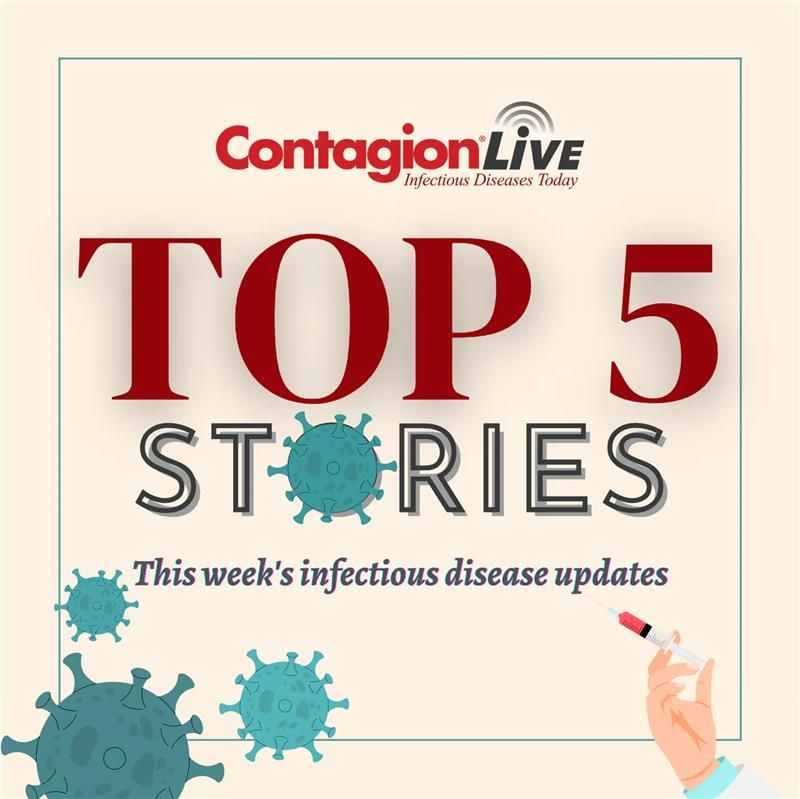The distribution and prevalence of tick-borne diseases (TBDs) are influenced by climate factors, especially temperature and humidity, which play a significant role in tick survival and activity. Understanding the impact of these climate factors on TBDs is essential for public health preparedness. This study examined trends in TBDs in New Jersey over the past two decades.
At IDWeek 2024, Evelyn Wu, MD, resident at Stanford Health Care, shares insights into the background that influenced their study: “According to the CDC, the tick season runs from April through September, and the reason why there’s a tick season in the first place is because tick survival and host seeking activity are heavily dependent on climate. Generally speaking, ticks prefer warmer and wetter conditions. So some of the common tick-borne diseases in New Jersey include Lyme disease, babesiosis, anaplasmosis, Ehrlichiosis, and Rickettsial diseases. And if any of these cases are identified, they have to be reported to the New Jersey Department of Health.
The study found that diseases transmitted by Ixodes scapularis saw a significant increase during the off-season. In contrast, diseases spread by Amblyomma americanum and Dermacentor variabilis did not show significant increases during this period. During the in-season, case counts for all reportable tick-borne diseases, as well as those transmitted by Ixodes scapularis and Dermacentor variabilis, remained stable. However, diseases transmitted by Amblyomma americanum did experience a significant increase in the in-season.
Overall, cases of tick-borne diseases have significantly increased over the study period, particularly during the off-season (October to March; p < .01). Conversely, no significant increase was noted during the in-season period (April to September; p > .05).
Wu discussed the most significant findings from the research on climate variability and tick-borne diseases in New Jersey: “If I were to sum it up in one sentence, I would say that we’re seeing increases in tick-borne diseases, and the season for ticks seems to be expanding as well, and these trends do seem to be correlated with warmer and wetter conditions.”
A sub-analysis by vector showed significant increases in diseases transmitted by Ixodes scapularis (Deer Tick), including babesiosis, Lyme disease, and anaplasmosis, especially during the off-season (p < .01). In contrast, diseases transmitted by Amblyomma americanum (Lone Star Tick), such as Ehrlichiosis, significantly increased during the in-season (p < .001). There was no significant increase in diseases transmitted by Dermacentor variabilis (American Dog Tick), which includes Spotted Fever Group Rickettsiosis (p > .05). Additionally, univariate Poisson regression analysis indicated a positive correlation between all tick-borne diseases and both average temperature and total precipitation.
Wu discussed how the findings impact public health strategies in NJ and potentially in other regions facing similar climate challenges, “Since we are seeing the tick season expanding, I think one effective way to do this is just by increasing awareness of this issue, and one good way to do that is through education. In fact, New Jersey, just last year, passed a bill that mandated the development and implementation of a curriculum in all public schools around ticks and tick safety.”
The study gathered case counts for reportable tick-borne diseases (TBDs) from the New Jersey Department of Health from 2003 to 2022, amounting to 85,905 cases. We also collected climate data from the publicly available nClimDiv dataset.
The findings indicated that total case counts of reportable tick-borne diseases, as well as cases of diseases transmitted by Ixodes scapularis (Lyme disease, Babesiosis, Anaplasmosis), Amblyomma americanum (Ehrlichiosis), and Dermacentor variabilis (Spotted Fever Group Rickettsiosis), showed a significant positive correlation with both average temperature and total precipitation in univariate analysis. In the multivariate analysis, only diseases transmitted by the American Dog Tick were positively correlated with both climate factors. In contrast, diseases transmitted by Ixodes scapularis and the Lone Star Tick were positively correlated only with average temperature
Wu emphasized the importance of prevention, “I think prevention will be key. And by prevention, I don’t mean to stay inside and never step foot outdoors again, but it’s just making sure that we’re following tick safety precautions as much as we can. This means making tick checks a part of your routine after going outside, and it includes checking your pets if you brought them with you, wearing lighter clothing, and wearing long pants when you can to prevent ticks from sticking to you. And then just making sure you don’t let your guard down in the winter months. If we really want to get down to the heart of the issue, though, it is to do your part to slow down and prevent climate change, whatever that might look like in your own personal life.”
The findings indicate a rising trend in tick-borne diseases in New Jersey, correlated with average temperature and precipitation. The sub-analysis reveals vector-specific patterns, showing that diseases transmitted by Ixodes scapularis predominantly increase during the off-season, while those transmitted by Amblyomma americanum rise during the in-season period. These results emphasize the importance of remaining vigilant for TBDs during traditionally low-risk months and highlight the need for proactive strategies to address the impact of climate factors on TBD transmission.
Wu concluded with recommendations for communities to mitigate the risks of tick-borne diseases as climate patterns change: “I think this study highlights the importance of multidisciplinary collaboration when it comes to something as complex and multifactorial as tick-borne or vector-borne diseases. I think we really relied on the insights of our public health colleagues who provided insights on the type of data that they had available. Our climatologists taught us so much about the nuances of the climate parameters they had. They taught us that total precipitation isn’t the most ideal proxy for humidity because of its variability in geographical and temporal aspects.”









ayv6r3